Lab diamonds are all the buzz in the world of bling and pretty things and have become a wildly popular choice for engagement rings for a number of reasons.
“Lab grown stones are appealing to people looking for a gem with a smaller environmental footprint, and who want more information about their gem’s origins, as well as its social and political impact,” reports Nicolette Kemp, head of retail sales at FTJ Co. “Of course, another major appeal is the more accessible price point compared to mined diamonds.”
Read on for more of Kemp’s expertise on the subject of lab diamonds, what’s trending in engagement rings styles, stone shapes, sizes, and budgets.
Does a lab diamond hold the same value as a mined diamond?
“In my experience, there is little or no difference in the value of a mined or lab grown diamond to the person who is being proposed to and receiving the ring from their partner,” Kemp shares. “A lab diamond does have the unique ability to better reflect the recipient’s values, but values are ultimately subjective and specific to each individual. If we’re talking about monetary value, then you should consider that jewellery is—and has always been—an investment in a relationship, rather than an investment. The way I think of it is the value you get from a ring is derived from all these factors: the raw materials, the calibre of the design, the skill and experience of the goldsmith and gemsetter, and the quality of the customer care.”
Why are lab diamonds and mined diamonds equals in the world of precious gems?
“The question I am asked most from people unfamiliar with lab grown diamonds is ‘Are lab diamonds real diamonds?’” and my answer is YES,” Kemp says. “The chemical composition of lab diamonds and physical gem structure is the same as their mined counterparts. The difference is the way they were created. One was formed over millions of years in the earths’ crust, while the other was formed over a course of weeks in a controlled lab. It isn’t possible to tell the difference between lab grown and mined diamonds by looking at them with the naked eye. Since diamonds are typically appreciated without the help of a microscope, the microscopic differences between mined and lab grown diamonds shouldn’t be your top concern when choosing between the two.”
Why does a lab diamond cost significantly less than a mined stone?
“Mined diamonds are a finite resource, but demand for them is high,” Kemp explains. “That said, most of the cost is driven by the amount of labour, time, land, and equipment required to mined diamonds. In contrast, diamonds have now been grown in labs for decades and the process has been refined and streamlined for efficiency, both in energy use, as well as time). While the mined diamond industry has made its own innovations to streamline over the years, it is an industry that is much older, more complicated, and slower to change.”
What do you recommend budgeting for a larger carat size lab diamond engagement ring?
“With our designs, prices for a 1.99 carat diamond will start around $3,395 for a made to measure, classic solitaire.”
What engagement ring styles and setting are trending?
“Elongated cushion cuts are very popular at the moment,” Kemp says. “Elongated shapes in general—think oval, radiant, and marquise—have been popular for the past two years, likely because the shapes flatter most fingers. A round brilliant or oval brilliant diamond set into a solitaire will always be a timeless look, especially in white or yellow gold. While thin, dainty rings were particularly sought after in previous years, there has been a trend toward bold rings which is refreshing. Solitaires with wide bands paired with thin wedding bands or combining a delicate solitaire engagement ring with a wide cigar band.”
What is a favourite diamond alternative for an engagement ring?
“We are currently making a lot of colourful sapphire engagement rings,” Kemp says. “Green, blue, and teal hues are especially popular. If you are looking for something that looks like a diamond, but is not a diamond, we also love lab grown moissanite and lab grown white sapphires as alternatives. These are beautiful not only because they are white/colourless gems, but because their hardness level means they’re well suited to withstand daily wear in a ring. Moissanite’s gem structure reflects twice as much light as diamonds—a phenomenon known as birefringence—so they sparkle twice as much. Also, the price points are even more accessible than lab grown diamonds.” —Alison McGill
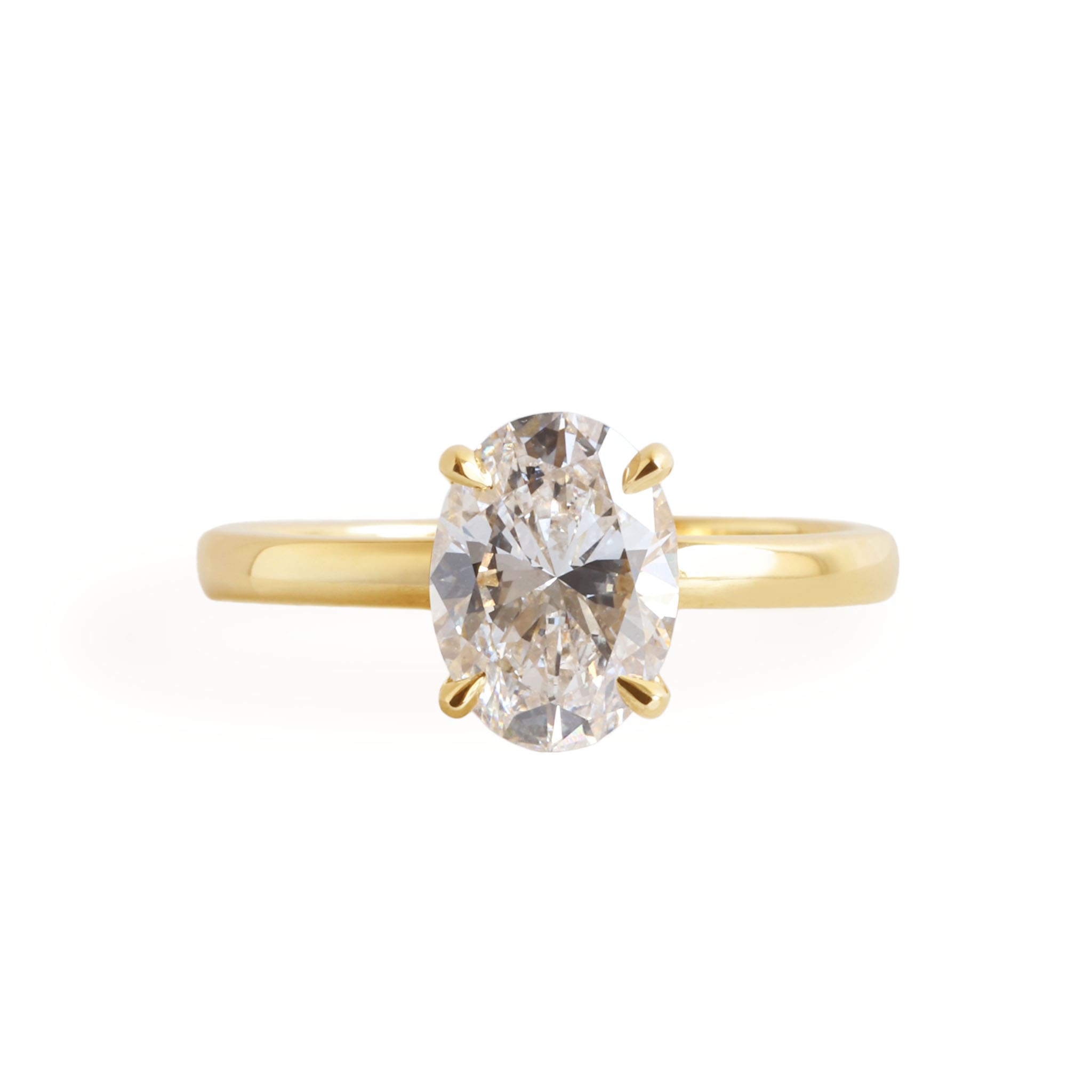
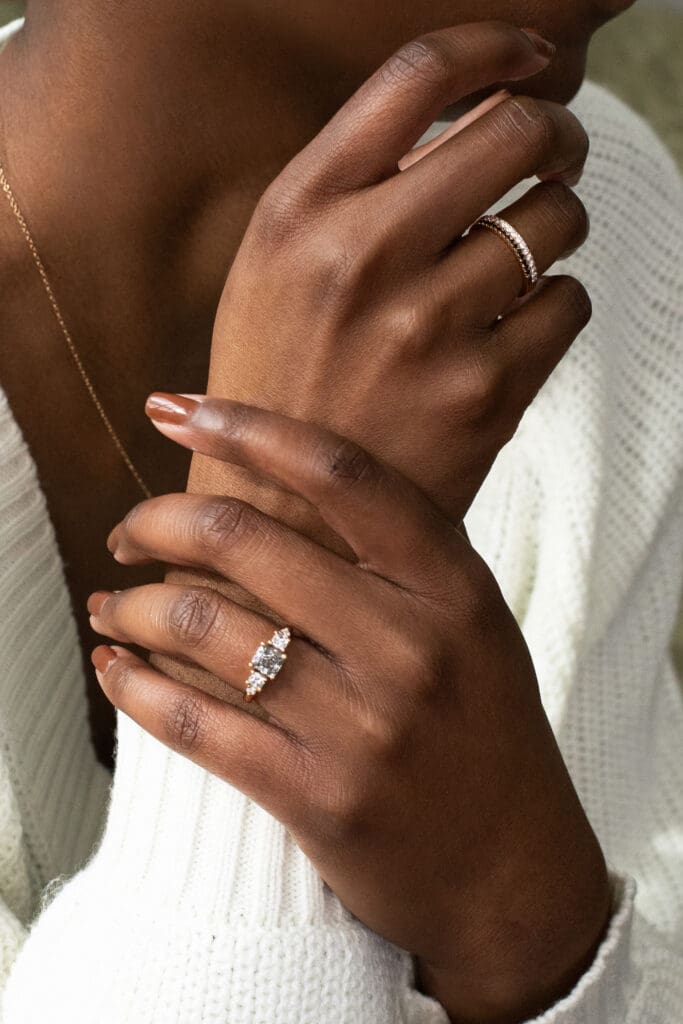
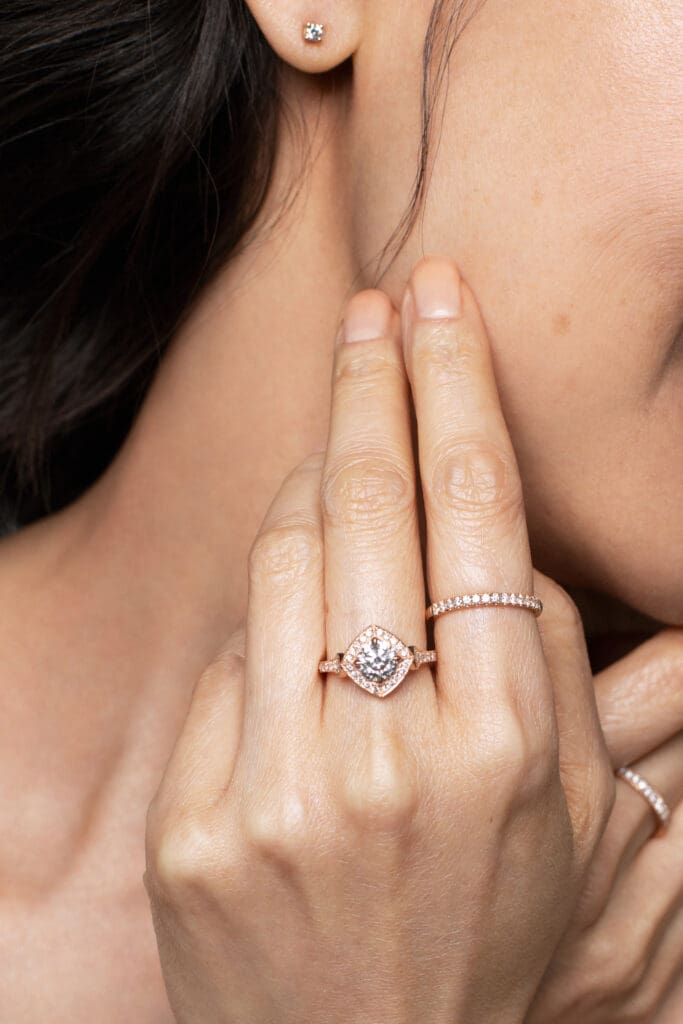
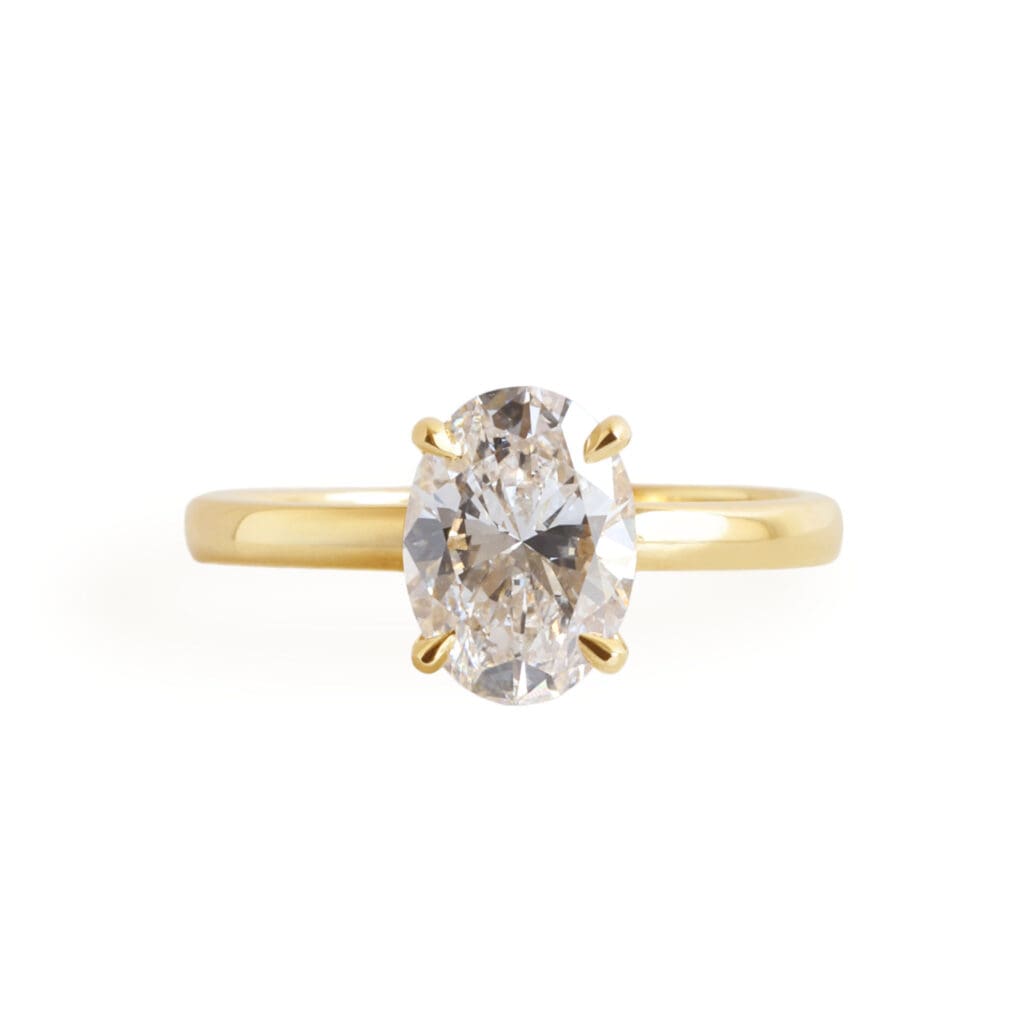

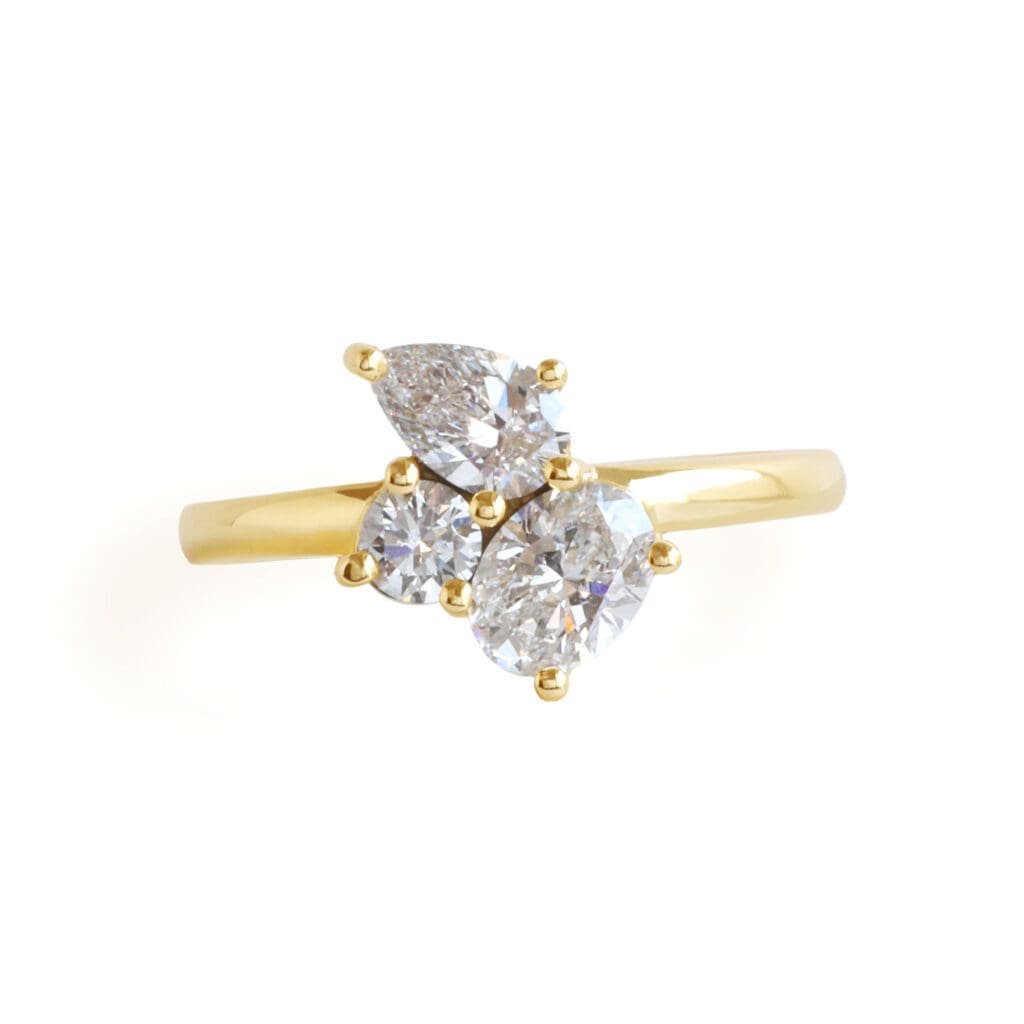
Be the first to comment